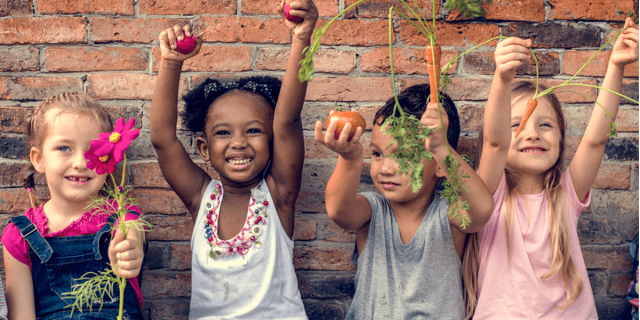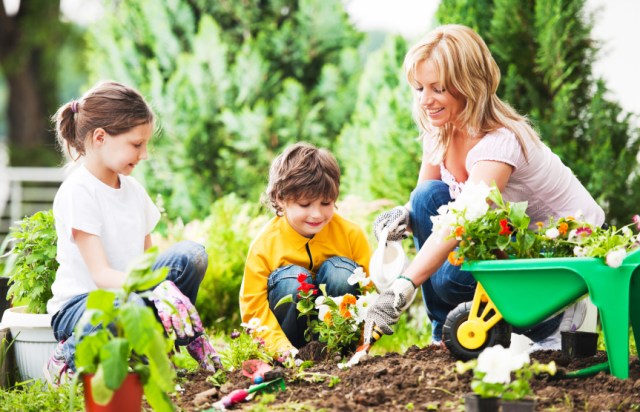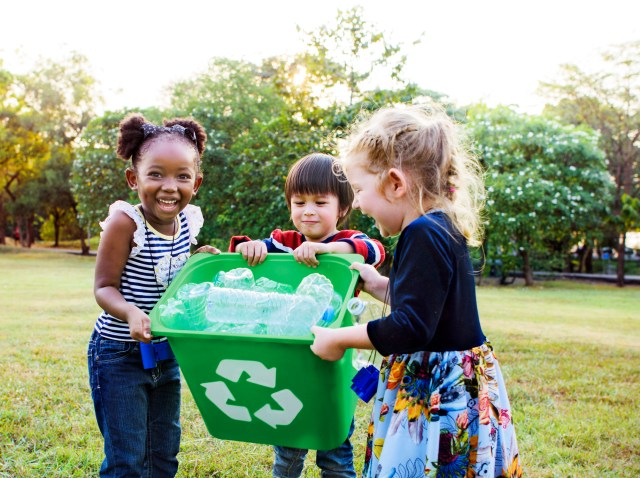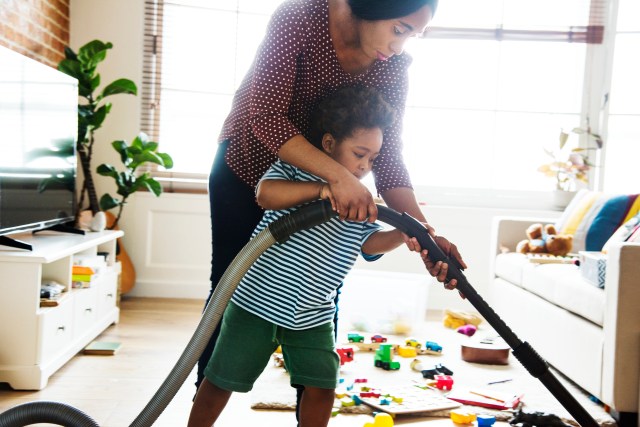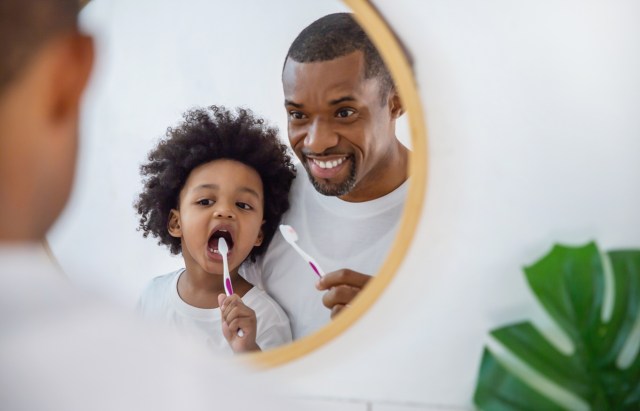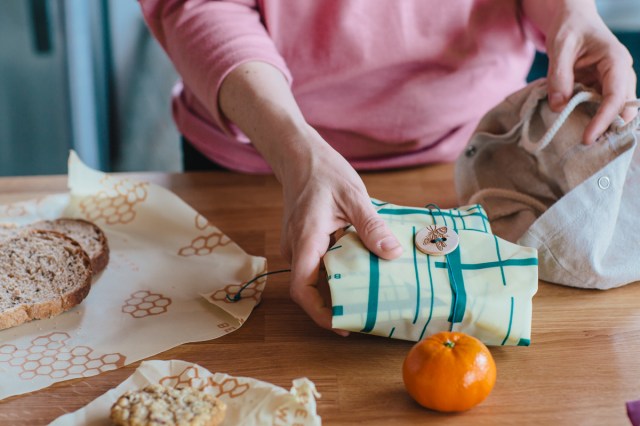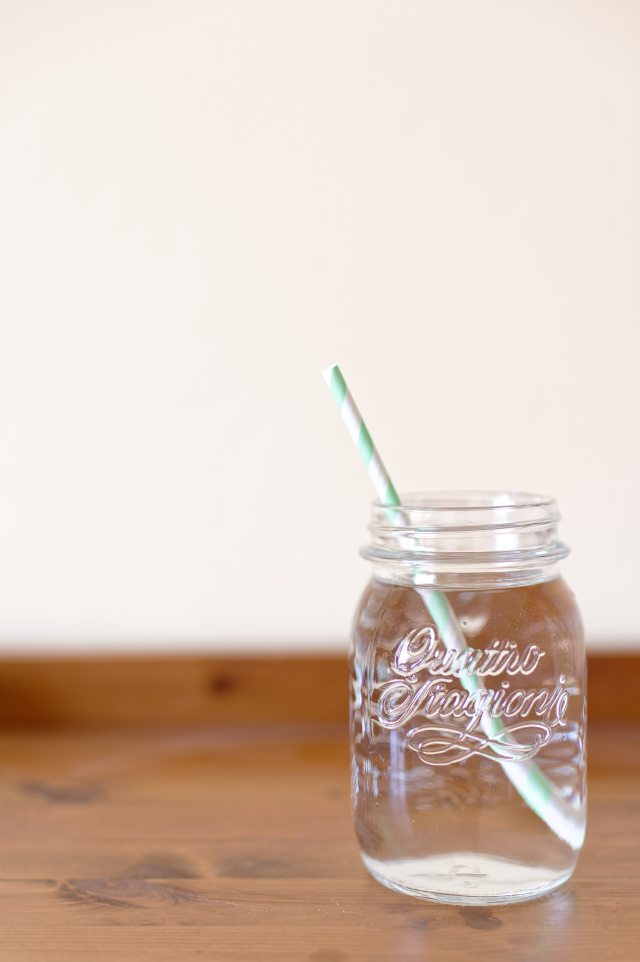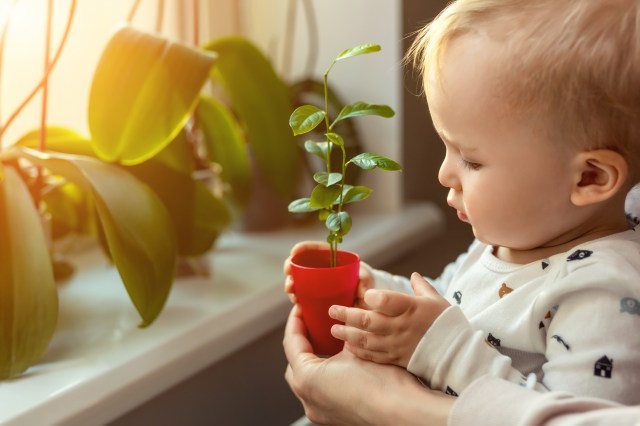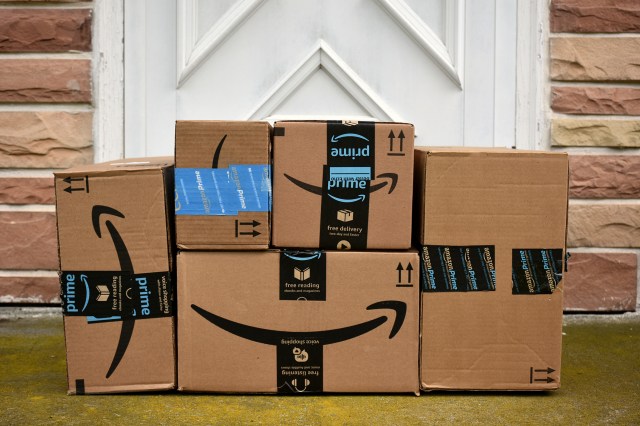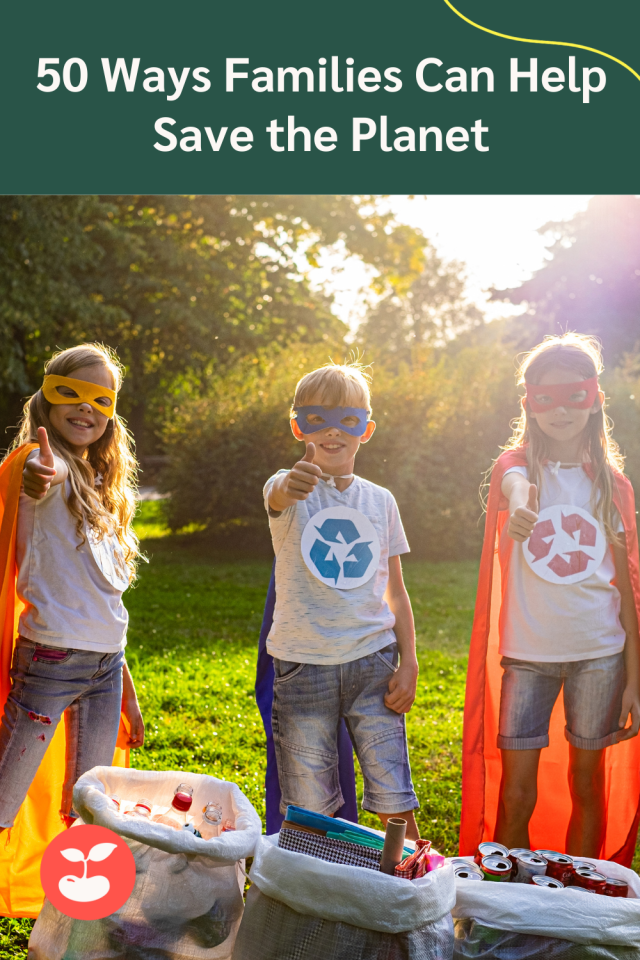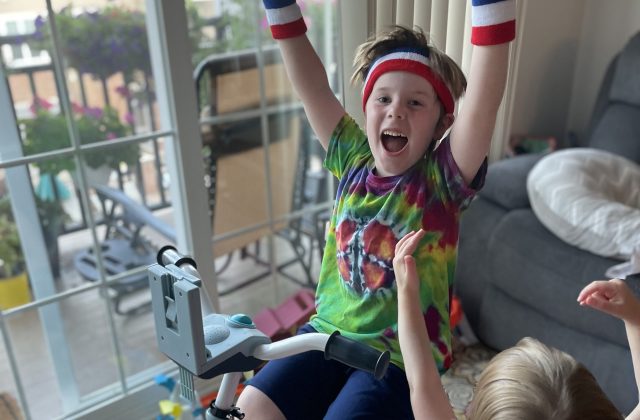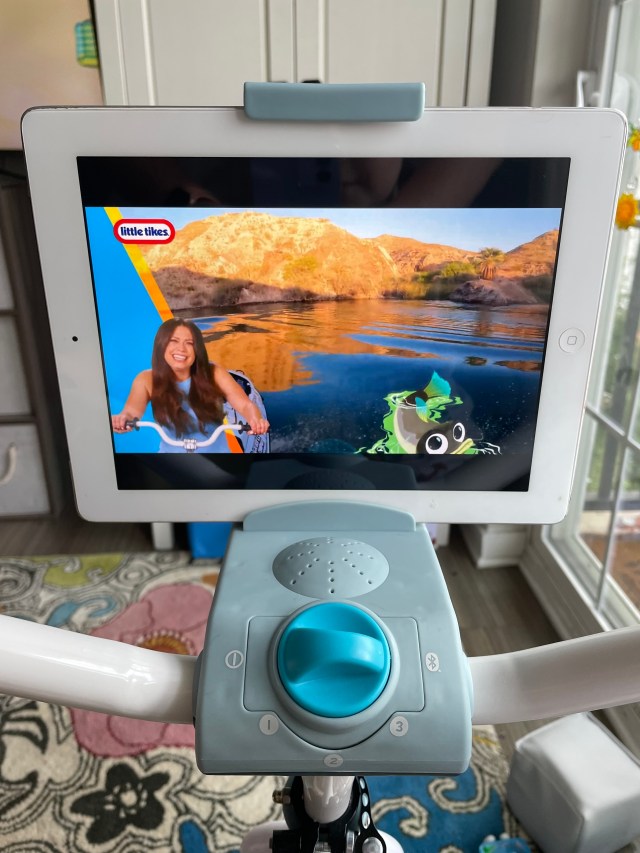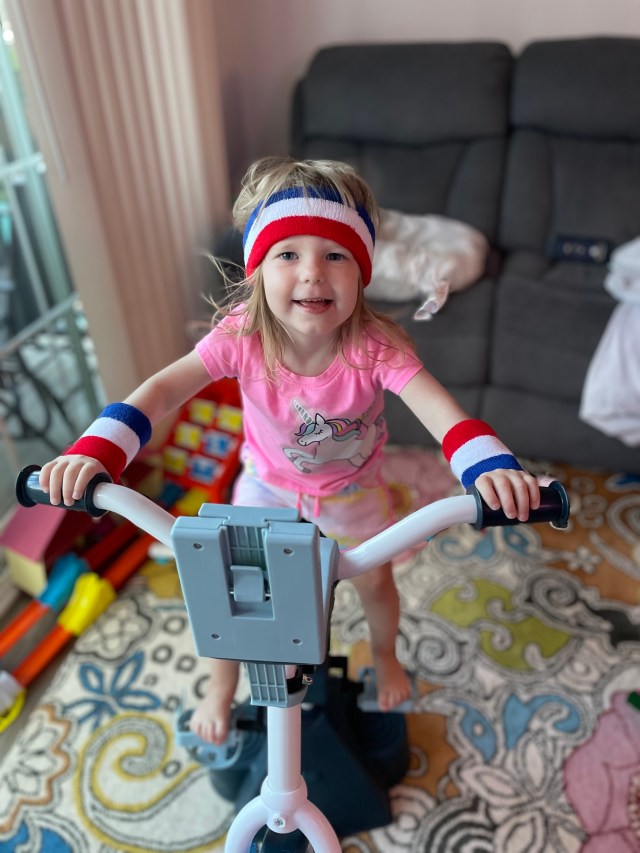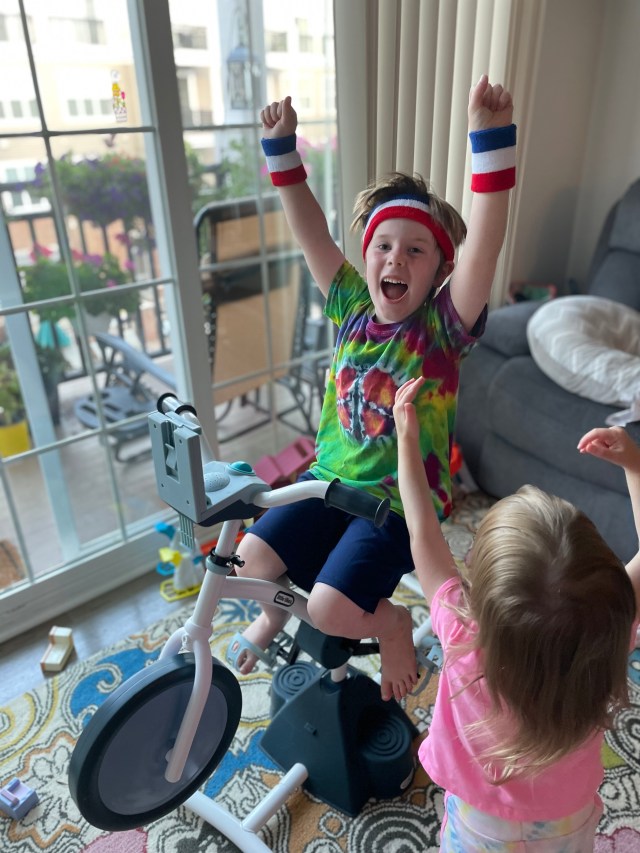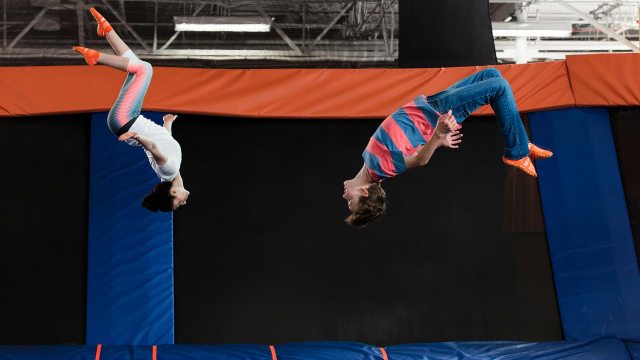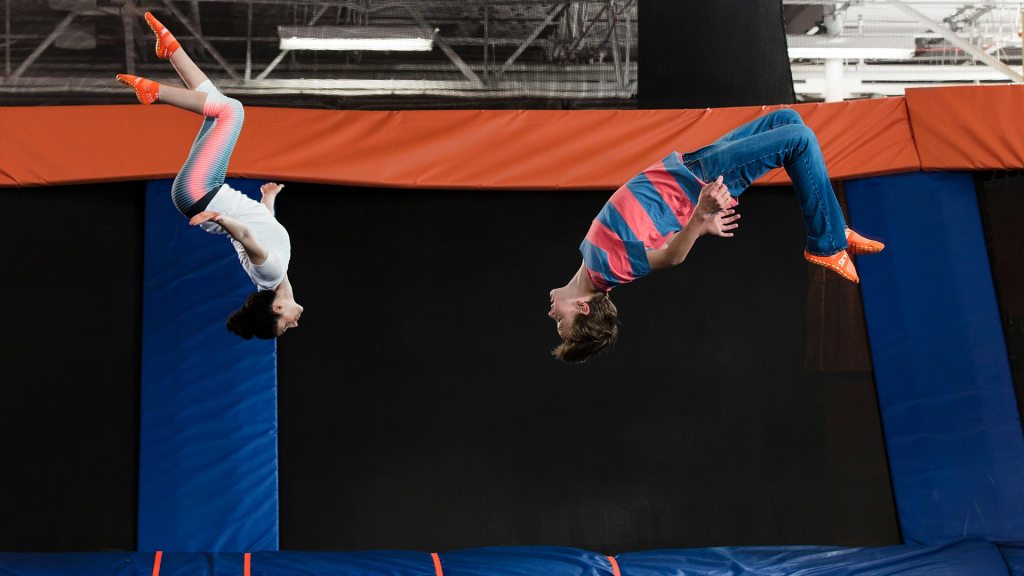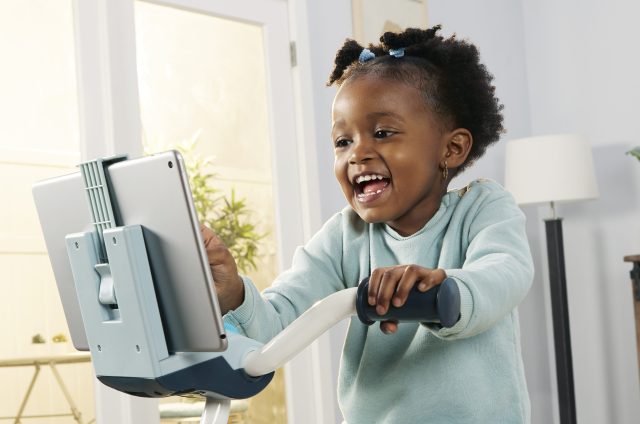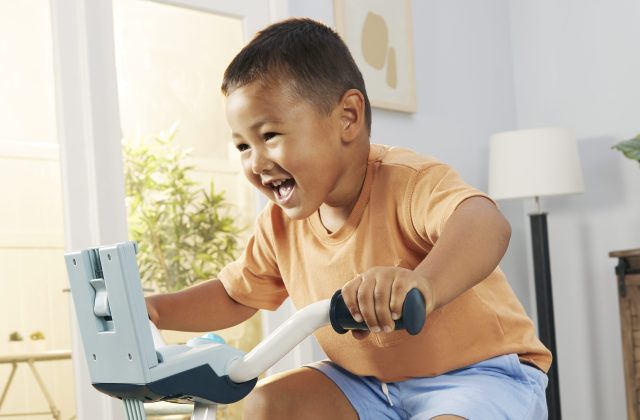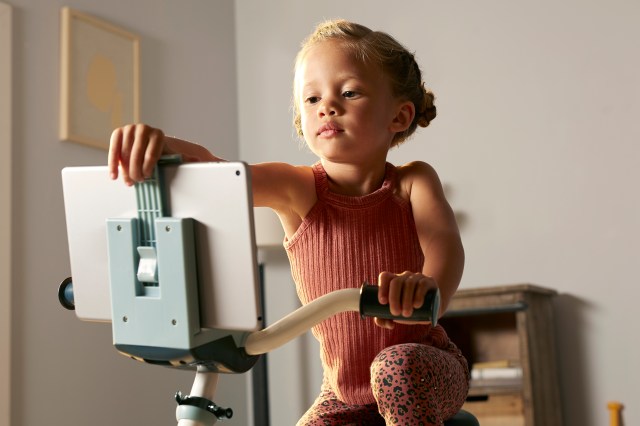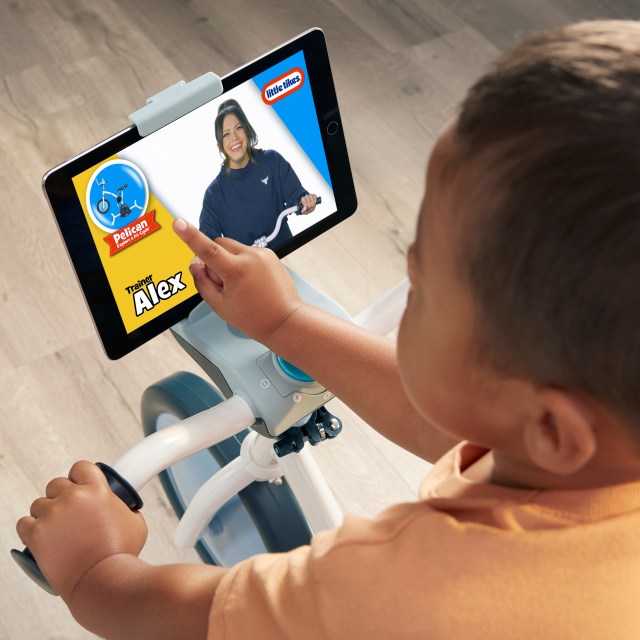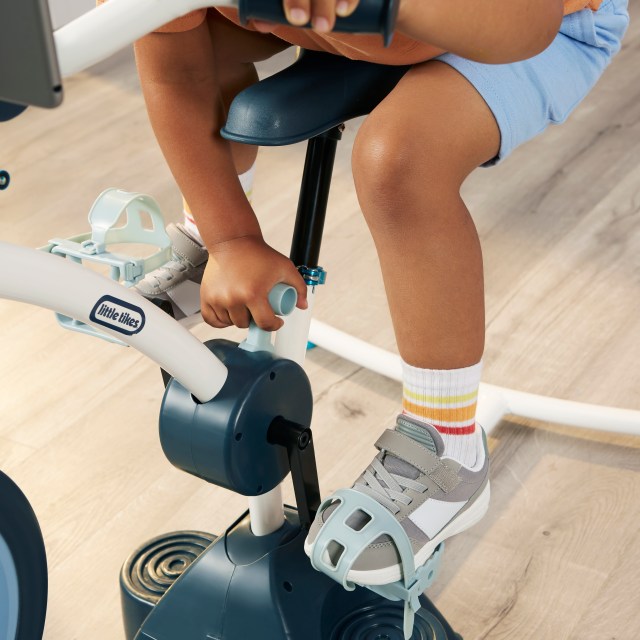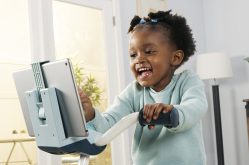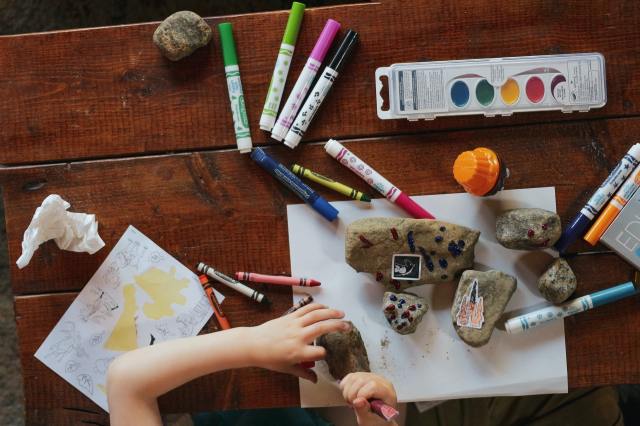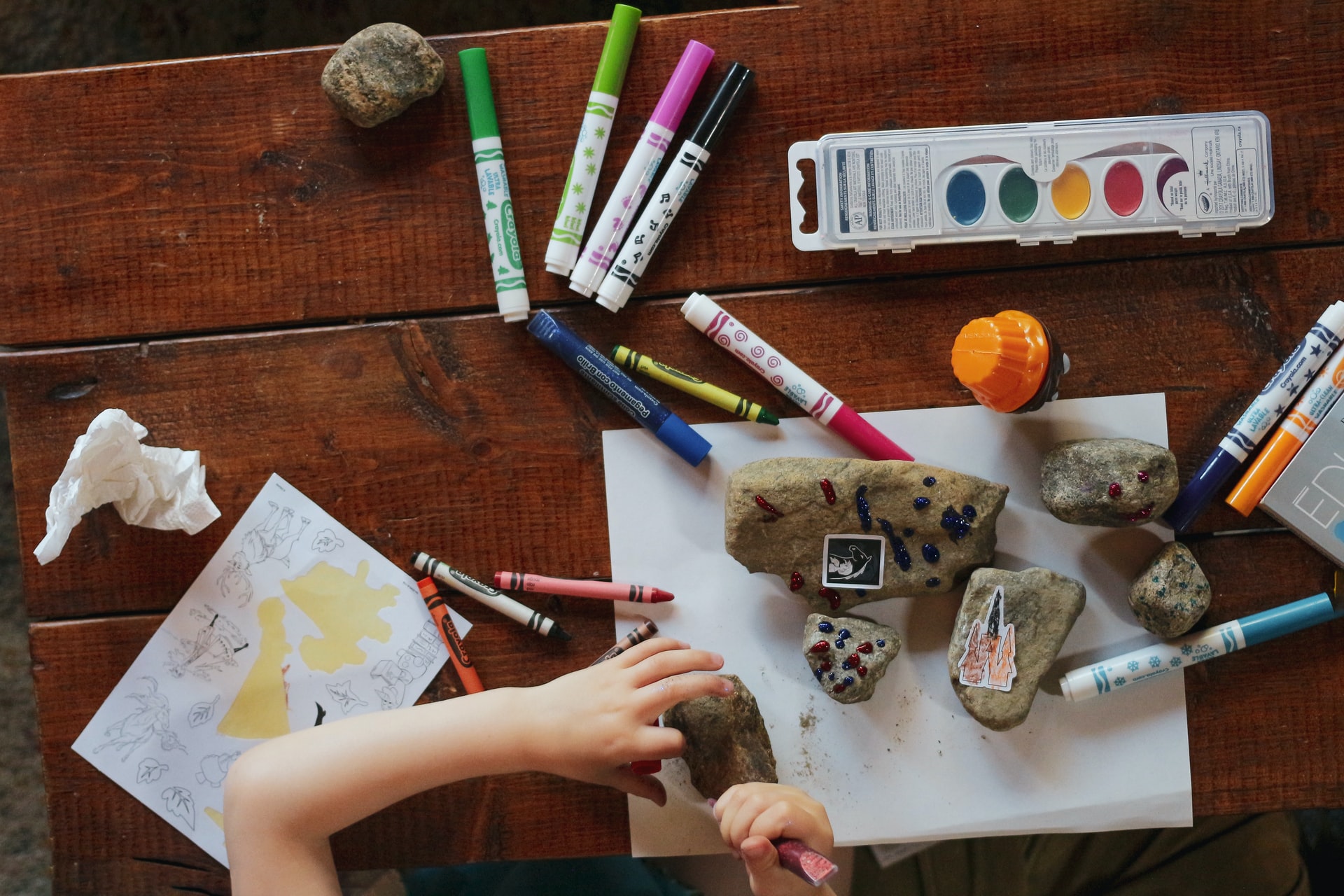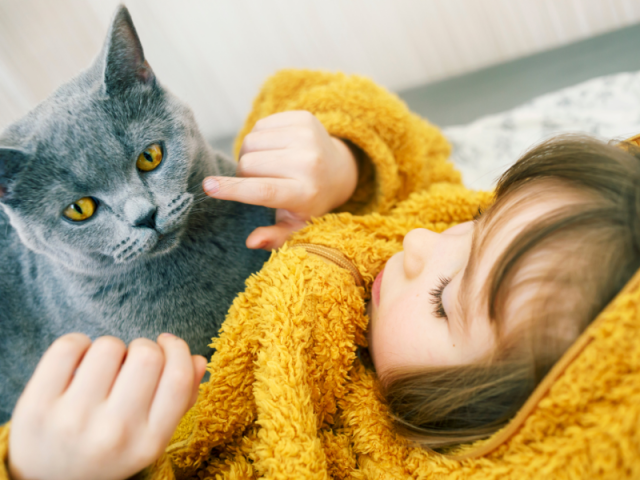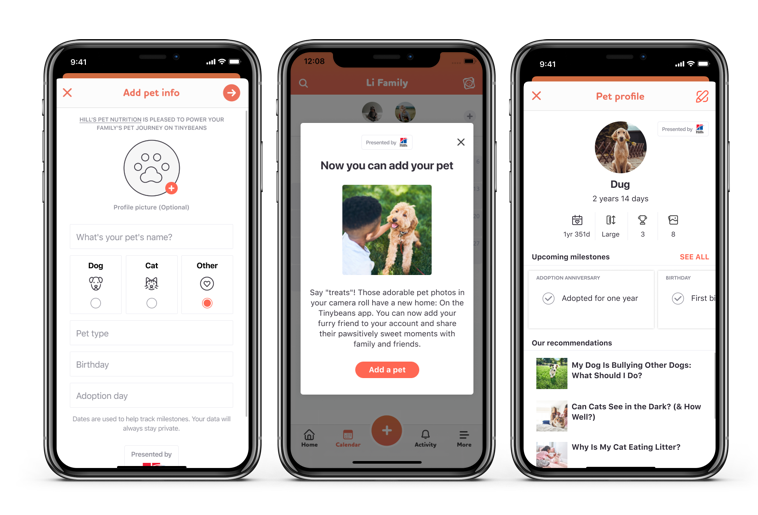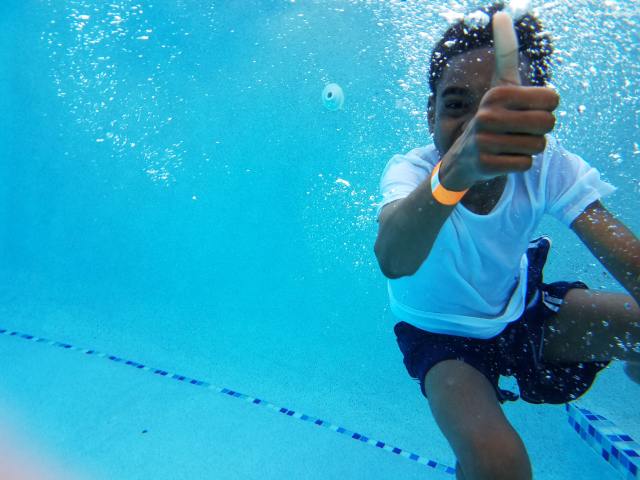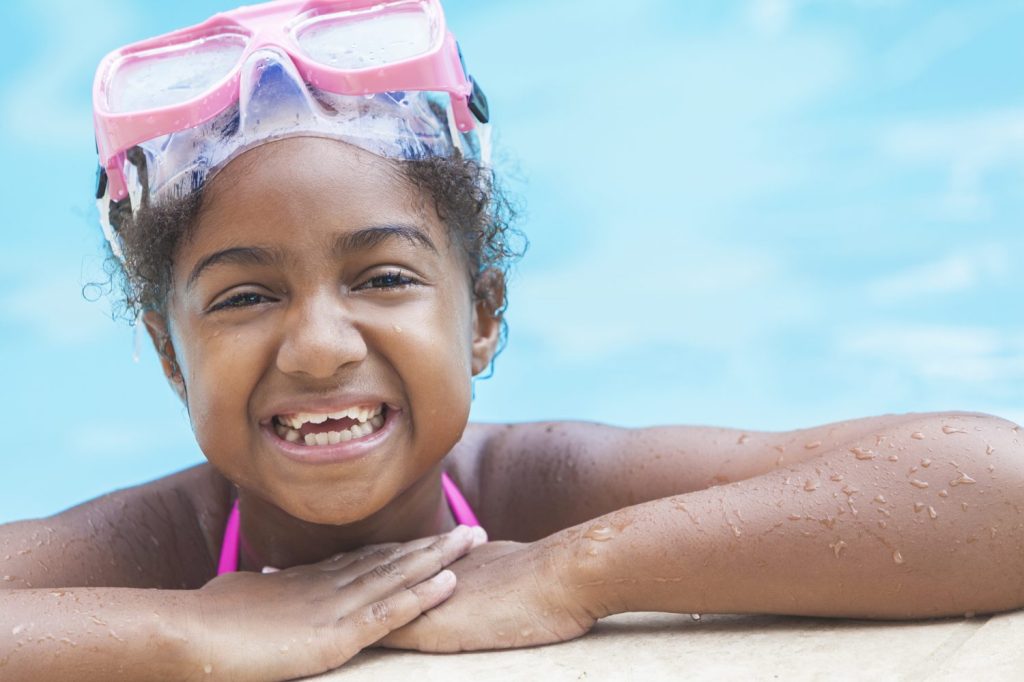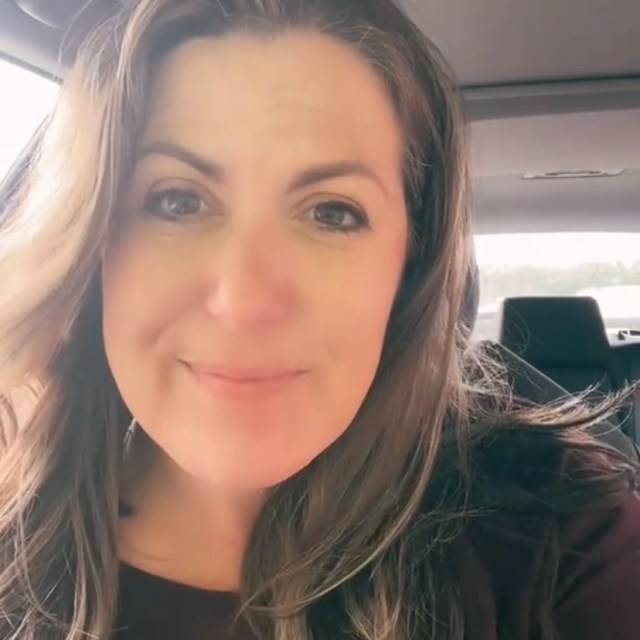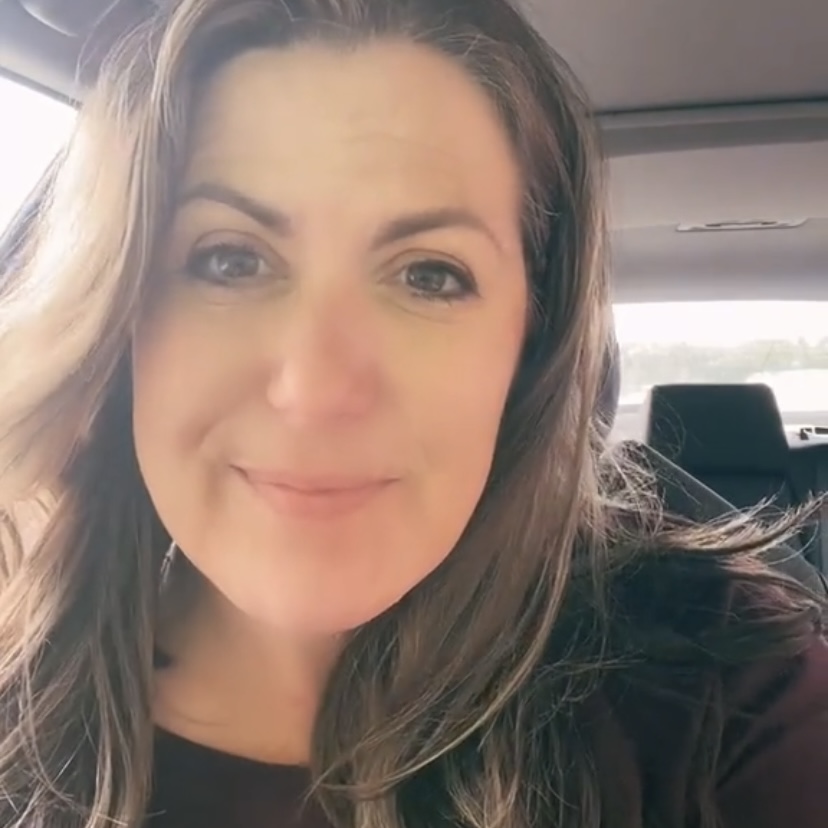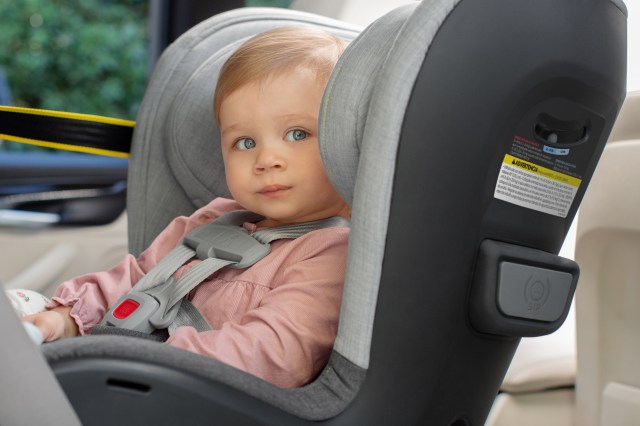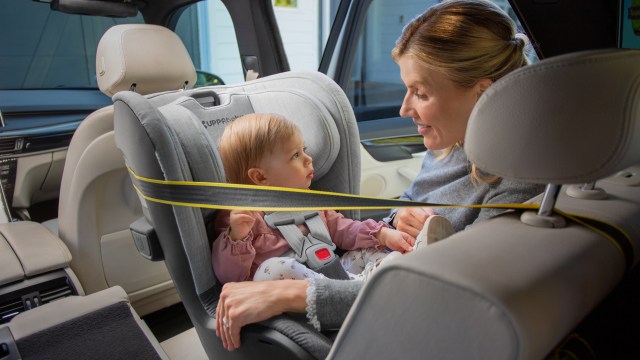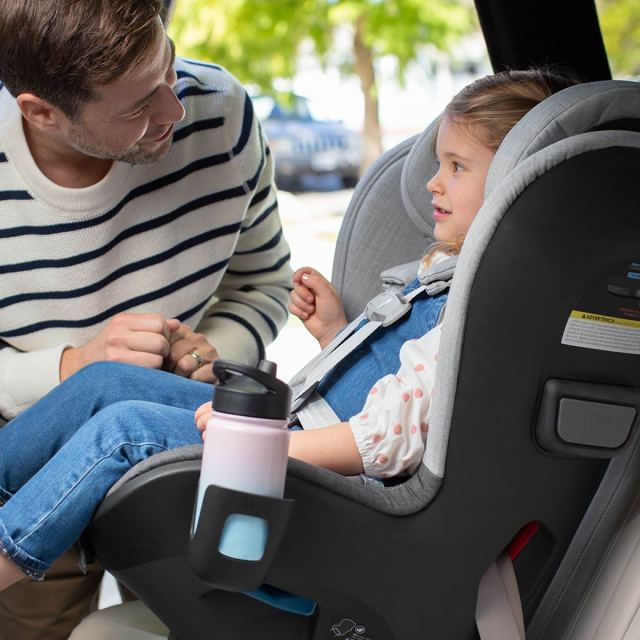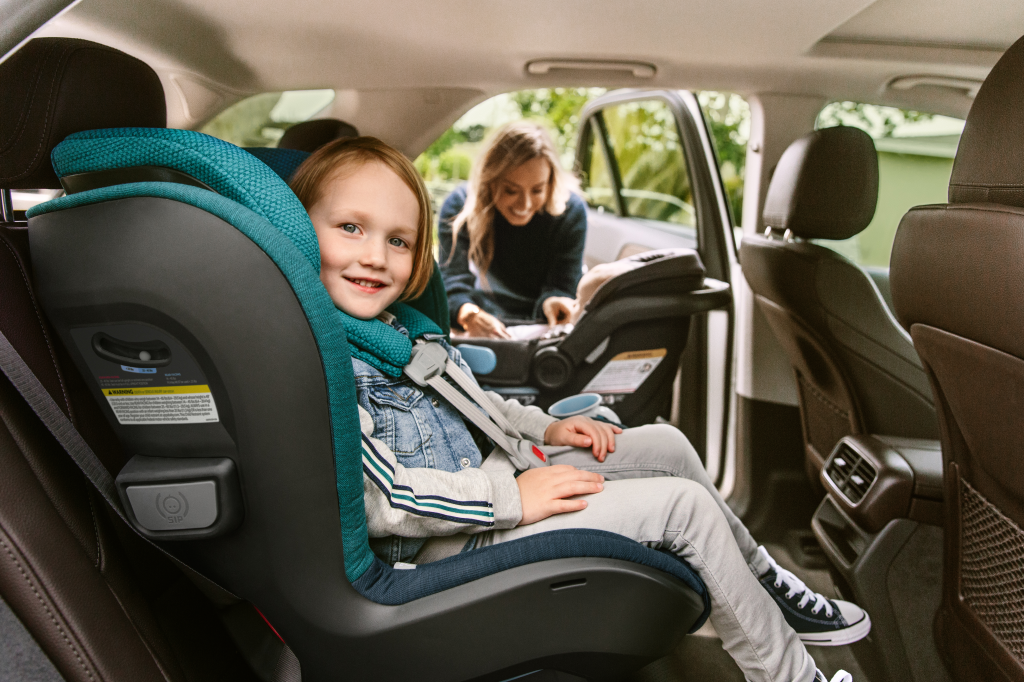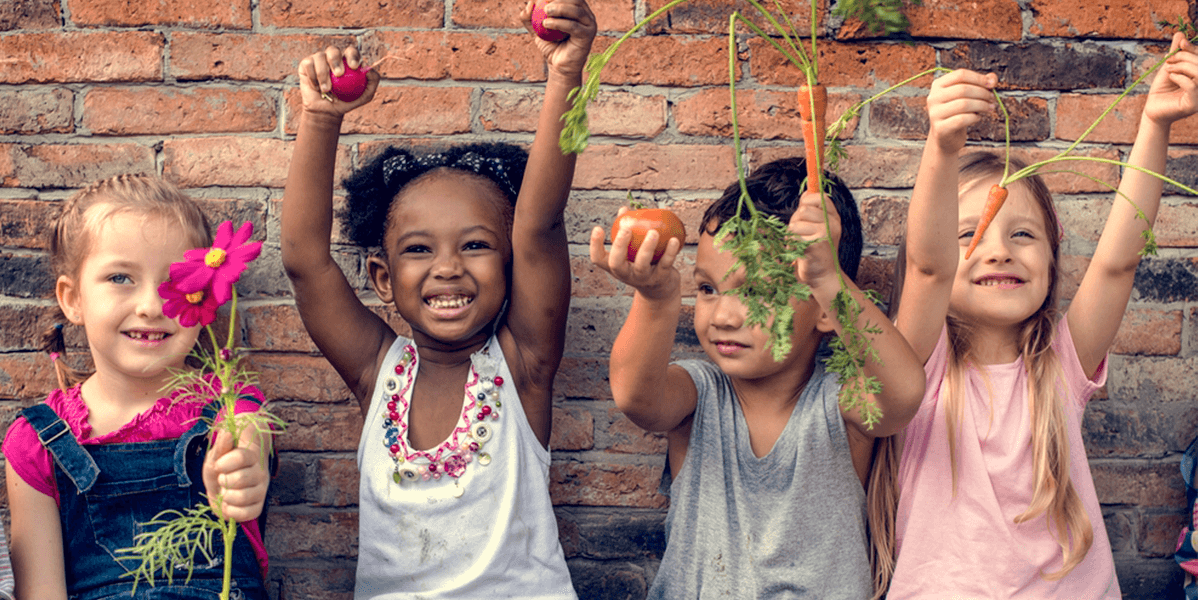
The academic journal, Science, recently published a study that shows children today will live through three times as many climate disasters as their grandparents. With people around the world concerned about the current climate crisis, it’s more important than ever to have talks with your children about what global warming is and how to slow it down.
Helping Kids Understand the Climate Emergency
How do we help our children learn that they can take part in helping slow down climate change? We need to emphasize that small actions can lead to big changes.
First, it’s important to explain to them what climate change is and how it can negatively impact the earth, animals, plants, and our daily lives. This isn’t the easiest thing to do, since even as adults, we struggle to understand what climate change and global warming truly means. Conversations about energy sources and carbon dioxide emissions can be overwhelming to children. Instead, we need to talk about concepts and ideas that are familiar and relatable.
For example, you can talk about global warming in relation to how it affects polar bears. The glacial areas where polar bears live are melting away and getting too warm, making it harder for them to thrive. (The temperature has increased 1.9ºF in the past 100 years, according to NASA, and it will be 8.6ºF hotter by 2100.)
Another example is talking about the rise of ocean waters from the melting ice, which can affect coastal areas where people live or go on vacation. Or pollution occuring in the ocean because of people not recycling is another topic that can be talked about. There is so much trash in the oceans that it is making the animals and plants that live in it get sick. If we recycle, it can help with the amount of trash that enters our oceans.
There are lots of books that can help explain climate change and what we all can do to help. For example: Old Enough to Save the Planet or The Story of Climate Change are great options. You can also teach your children about young environmental activists like Greta Thunberg, who started the international movement #fridaysforfuture.
10 Steps Children and Their Parents Can Do to Help the Environment
Modeling behavior is key. Be the example to your children and show them one person can make a big difference with these easy to do examples:
-
Turn off computers, televisions, and other devices when not in use.
-
Save water by taking shorter showers and turning off the water when brushing your teeth.
-
Use reusable food containers and water bottles at school instead of plastic ones that are used once and thrown away. Let your kids pick out their own special containers and bottles to pack for school.
-
Turn off the lights after leaving a room. Open a window in the morning to let in colder air instead of turning on the a/c. During colder months, wear warmer clothing and pajamas instead of turning up the heater. Power plants emit a lot of air pollution, so cutting back our energy usage is important.
-
Recycle. Make it a fun activity for kids by having different colored bins for the different items and make it part of their daily activities.
-
Reuse. Find items in your recycling bins that can be repurposed for crafts or imaginative play.
-
Walk or ride a bike instead of driving. It’s a great way to save on gas, get exercise and spend time as a family.
-
Create a vegetable garden together to help everyone be more excited to eat more vegetables and less meat. #meatlessMonday
-
Teach them to always put their trash in trash cans or recycling bins. Go for a walk in a neighborhood park or beach and pick up any trash you see! Make it a fun competition and see who can collect the most!
-
Use cold water when washing laundry and hang dry your clothes instead of using the dryer to save energy.
Encourage your children to have these conversations with their classmates and teachers. Have them ask their teacher what they can do at school to help make it part of their daily activities. Always emphasize and praise that their small contributions can lead to big changes that are beneficial for our world.
How Can Lingokids Help Your Kids Understand the Climate Catastrophe
At Lingokids, we firmly believe that children learn by example. We want to make a difference and help you raise the children of the future. For example: improving upon their critical thinking about important issues like climate change or their creativity when it comes to thinking about how they can help their neighborhoods.
At Lingokids you can find entire in-game lessons that are focused on protecting the earth. Your child can enjoy games, songs, and traceables while learning about recycling and sustainable habits. Throughout the app, they can also learn about animals and ecosystems all over the world, from the North Pole to tropical rainforests.
By expanding children’s awareness of these environments at an early age, we can set the stage for conversations and then actions around protecting endangered animals and nature conservation.
